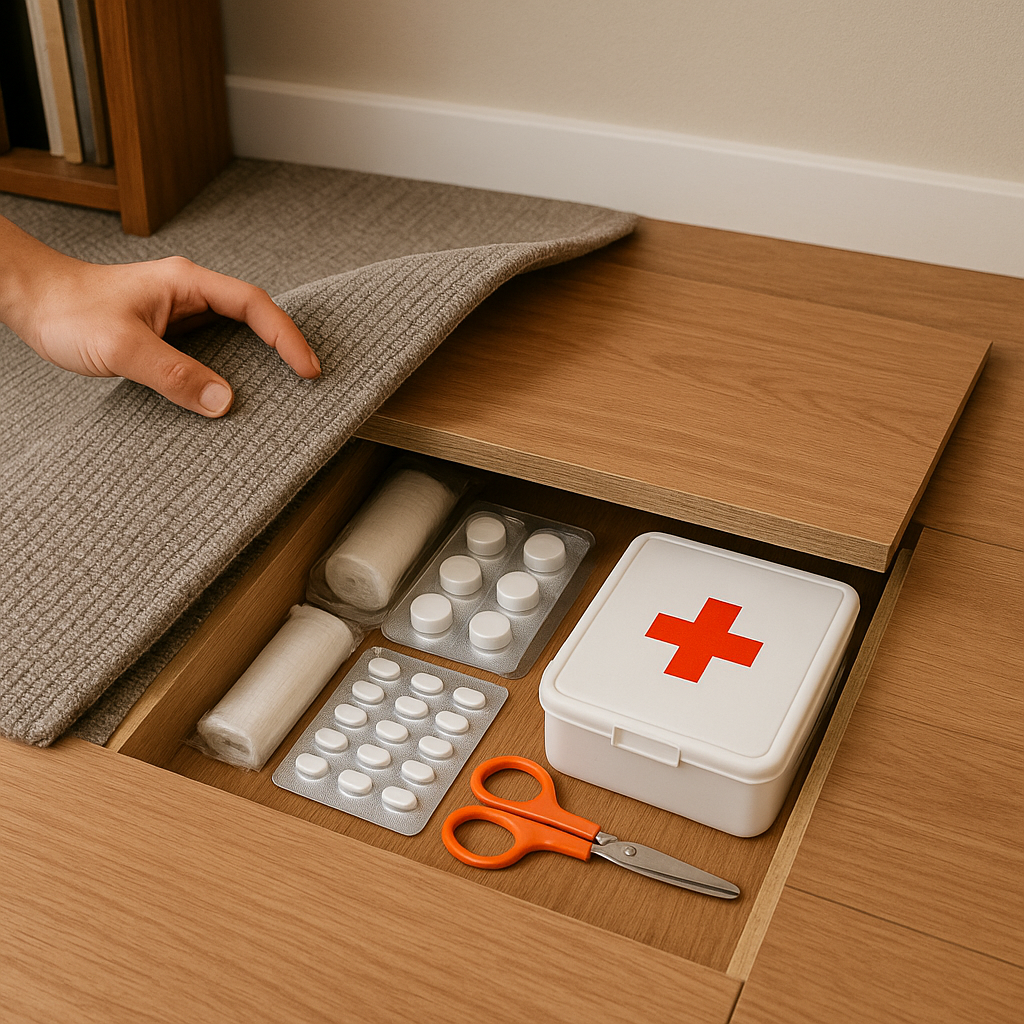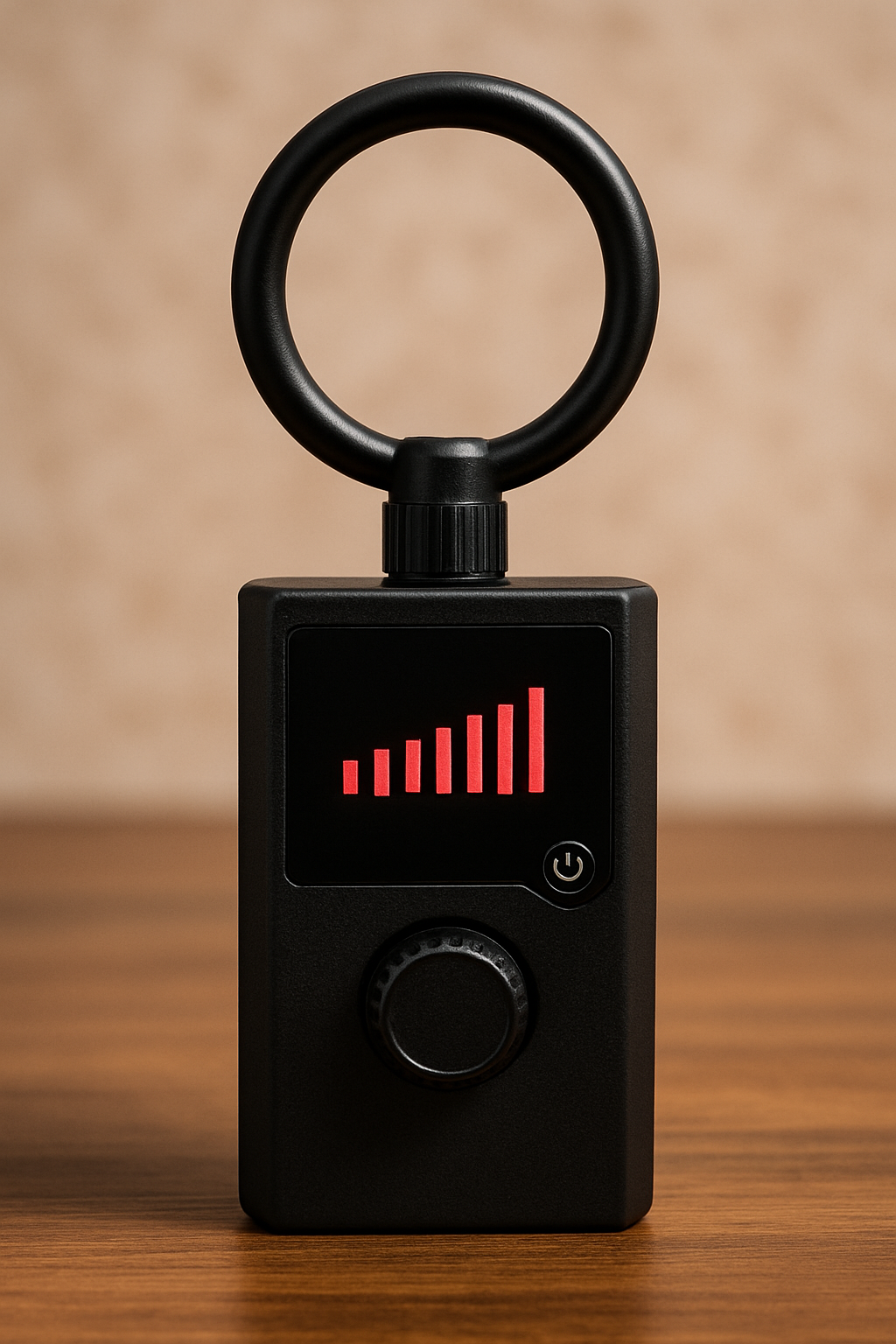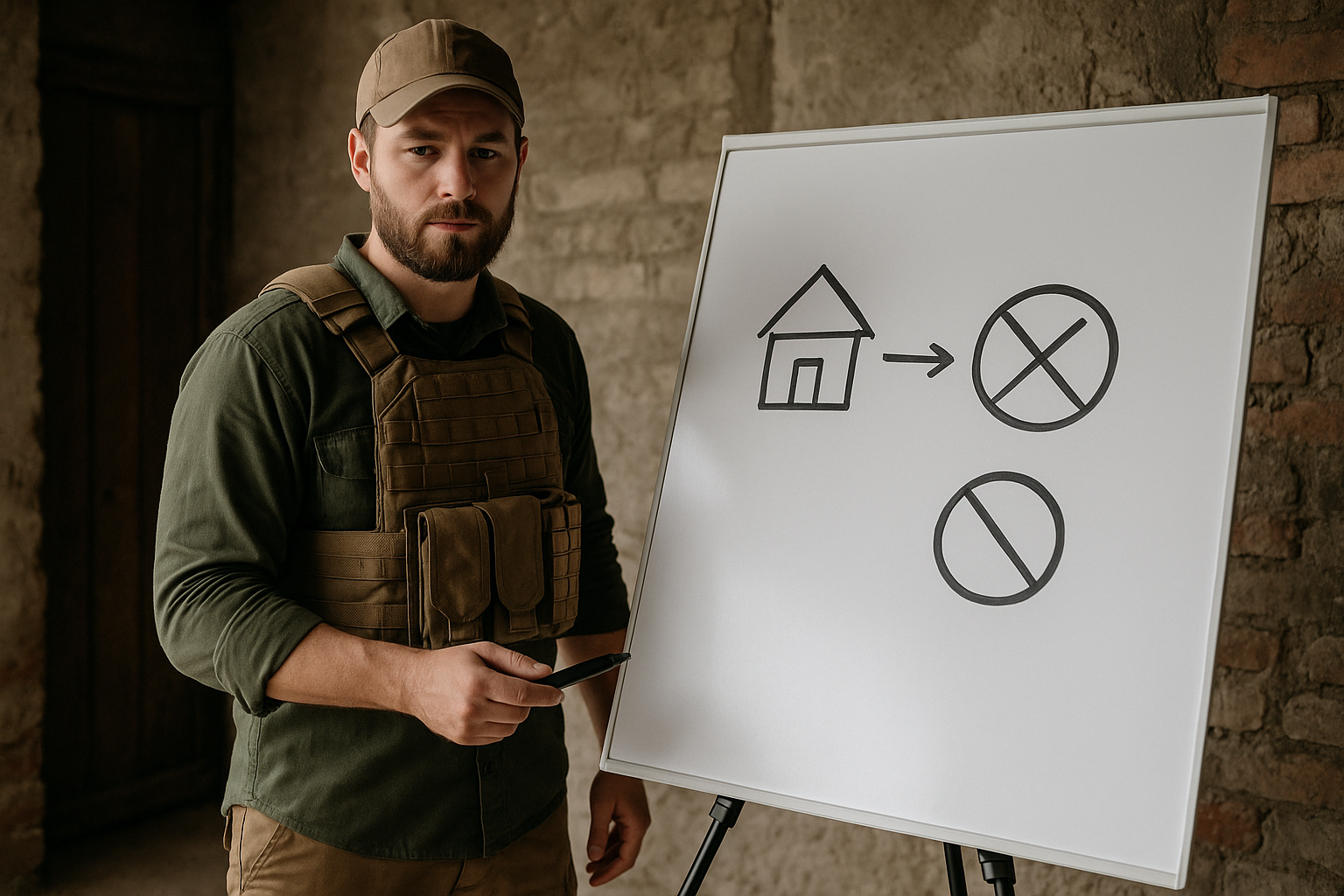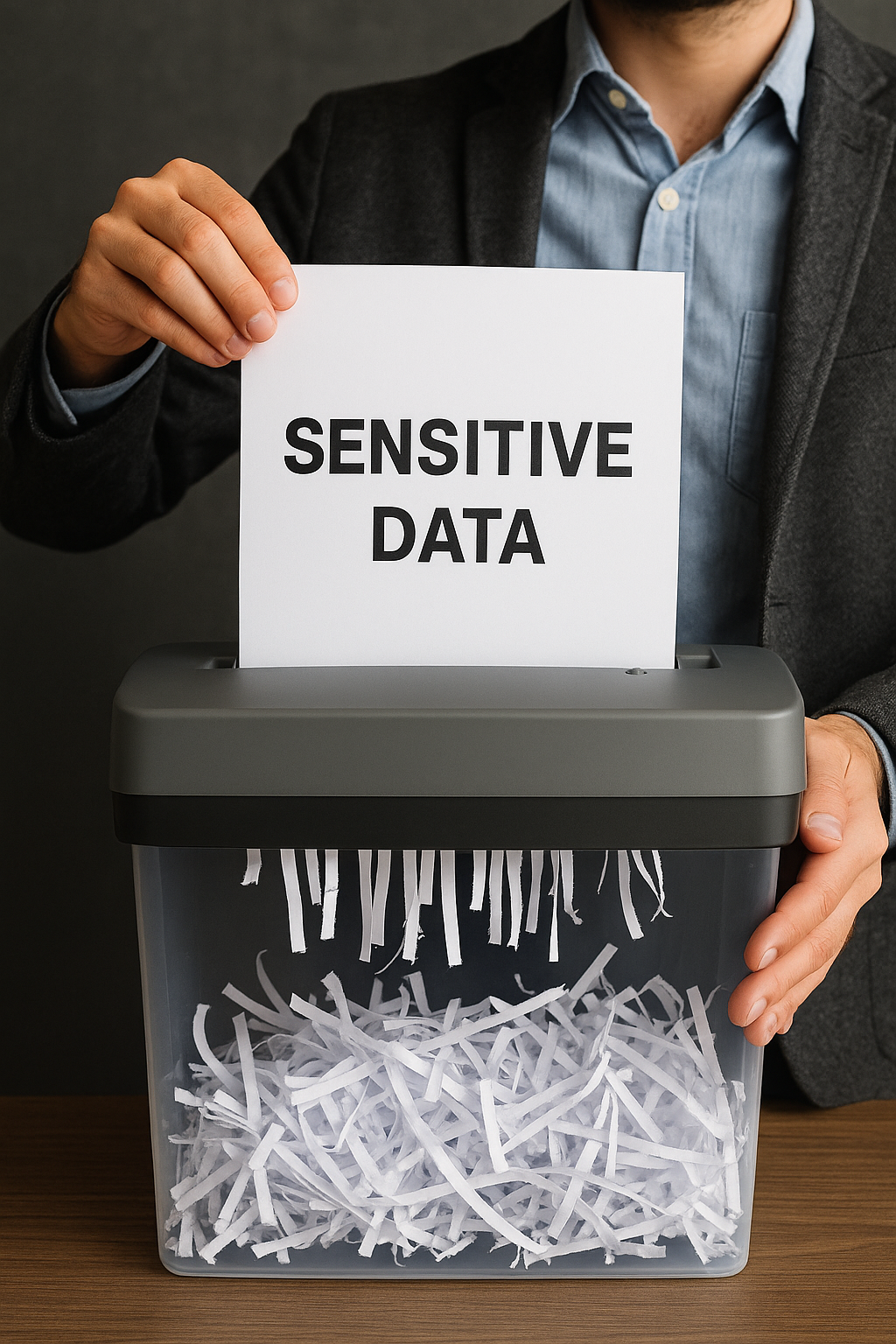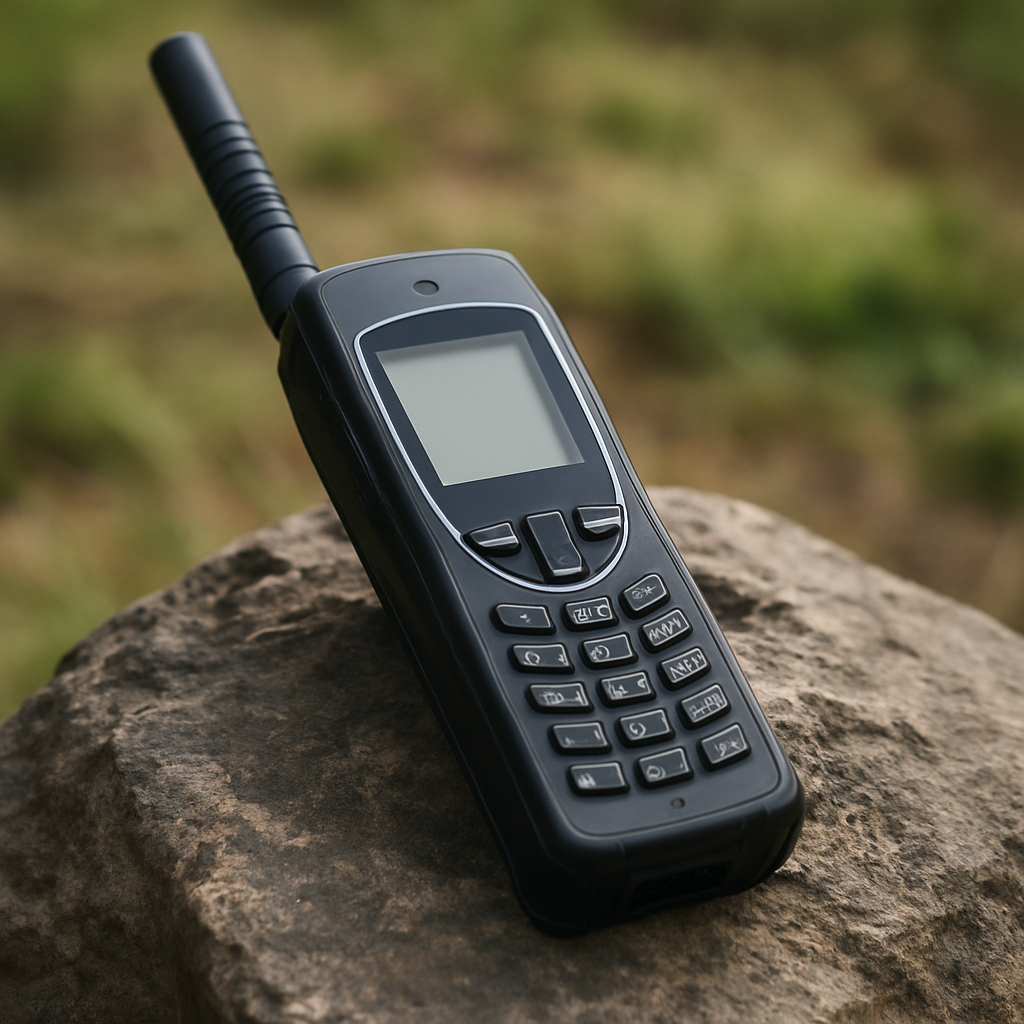The Essential Guide to Satellite Phones for Emergency Preparedness
When disaster strikes and conventional communication infrastructure fails, a satellite phone becomes an essential tool for emergency preparedness. Satellite phones rely on orbiting satellites rather than terrestrial cell towers to transmit and receive signals, making them invaluable in remote locations, during extreme weather events, or in the aftermath of a major catastrophe where the local cellular network is compromised or completely down.
Understanding Satellite Phones
Satellite phones look similar to mobile phones, but they are built to connect to satellites orbiting the Earth. Because they don’t depend on ground-based towers, they can provide coverage almost anywhere on the planet. This is why they’re favored in emergency kits for adventurers, first responders, and anyone preparing for possible isolation due to disaster.
Key Features and Benefits
- Global Coverage: Works virtually anywhere — deserts, mountains, oceans, or disaster zones.
- Emergency Use: Ideal for preppers, survivalists, remote workers, or adventurers.
- Independent of Cell Networks: Unaffected by downed infrastructure during disasters.
- Two-Way Communication: Voice, SMS, and in some models, low-speed data.
- Long Battery Life: Typically outlasts smartphones in standby mode.
Key Considerations for Your Emergency Kit
- Coverage: Different satellite phone service providers have varying coverage. Some offer global coverage (like Iridium), while others (like Globalstar or Thuraya) specialize in regional service. It’s essential to select a provider that offers reliable service in your area or potential bug-out locations.
- Subscription vs. Prepaid: Choose between a monthly subscription or prepaid minutes. Prepaid options are great for occasional or emergency-only use and typically have a longer shelf-life.
- Durability and Battery Life: Look for models that are water-resistant, dustproof, and shockproof. A standby time of several days is ideal, and pairing the device with a solar charger is a smart move for long-term use.
- Antenna Quality: Ensure the device has a robust and extendable antenna. A clear line of sight to the sky is critical, and antenna strength can make or break your connection.
- SOS Features: Some modern satellite phones come with emergency beacon or SOS buttons, capable of alerting emergency services or pre-set contacts with your GPS location.
- Additional Functionality: Some models also include GPS tracking, Bluetooth connectivity, or the ability to act as a Wi-Fi hotspot. Match your needs with the features offered.
- Cost: Devices typically range from $500–$1,500, with airtime costing $0.80–$1.50/min. It’s a high upfront cost, but one that could be life-saving.
- Testing and Familiarity: Practice using your device and periodically test it to ensure it’s ready to perform when needed. Confidence in use is just as important as the tool itself.
Using a Satellite Phone During an Emergency
- Fully charge your satellite phone and keep it off to conserve battery.
- Move to an open area with minimal obstructions.
- Extend the antenna and aim it toward the sky.
- Power on the device and wait for a satellite signal lock (can take a few minutes).
- Dial your number, including international codes.
- Keep calls brief and turn the phone off between uses to save battery.
- Use the SOS feature as directed for urgent help.
Popular Satellite Phone Brands
| Brand | Network | Notes |
|---|---|---|
| Iridium | Global (LEO) | Best global coverage |
| Inmarsat | Global (GEO) | Reliable with clear sky view |
| Globalstar | North America, Europe | Budget-friendly, limited range |
| Thuraya | Europe, Asia, Africa | Compact, regional |
Final Thoughts
Incorporating a satellite phone into your emergency preparedness plan enhances your ability to communicate in the worst of situations. With thoughtful selection and regular maintenance, a satellite phone can provide peace of mind and a critical lifeline when it matters most.
📌 Pro Tip: Pair your sat phone with an emergency solar charger, keep it in a Faraday bag to protect against EMPs, and store your prepaid SIM card in a safe place.
📚 Ready to build a complete off-grid communications plan?
